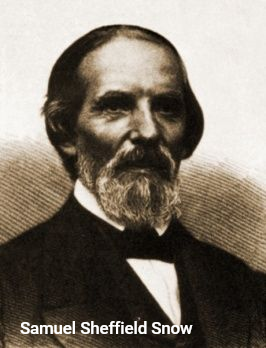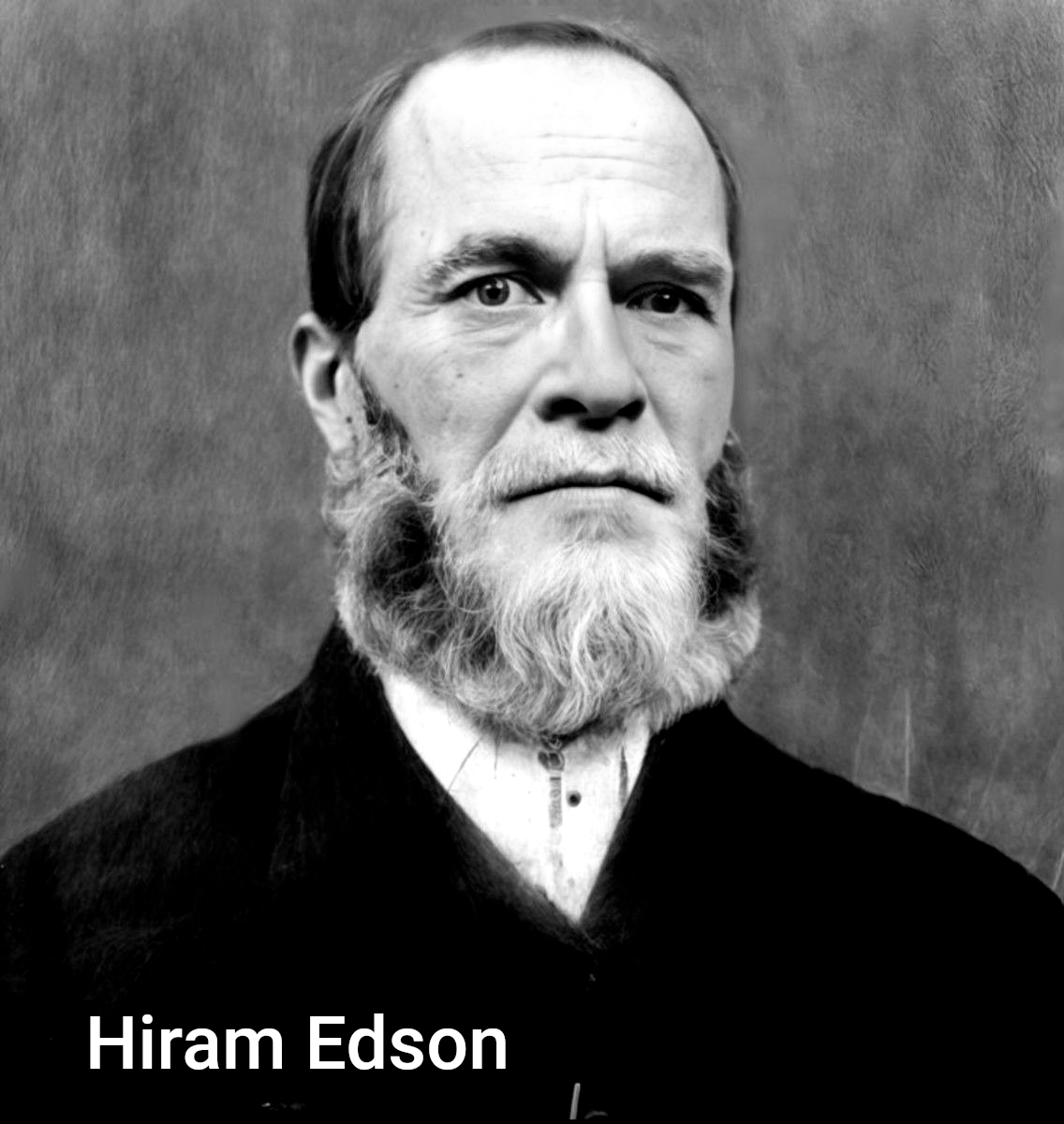In the early 1800s, a Baptist farmer-preacher named William Miller embarked on an intensive study of Scripture. His methodical, verse-by-verse approach led him to Daniel 8:14, which states: "Unto 2,300 days, then shall the sanctuary be cleansed." Using the Day-for-a-year principle, Miller calculated that this prophecy would conclude in 1843.
However, Miller's interpretation was based upon the idea that the sanctuary represented the earth. Therefore, if the sanctuary represented the earth, then its cleansing could only occur when Christ returned to destroy the wicked and purify the earth. As a result, Miller interpreted the 2300-day prophecy to mean one thing—that the Second Coming of Christ was near. He declared, "Jesus Christ will come again to this earth, cleanse, purify, and take possession of the same with all the saints." - Memoirs of William Miller p. 180
Two years after Miller began publicly preaching this message, a spectacular event occurred. The Great Meteoric Shower of 1833 was seen as a fulfillment of Matthew 24:29 when Jesus said, "the stars shall fall from heaven." This event gave credibility to the imminent return of Christ, and many were converted to the message. Thus, the Advent Movement was born.






